Sennheiser Momentum 4 Wireless vs Sony WH-1000XM5: which noise-cancelling headphones should you buy?
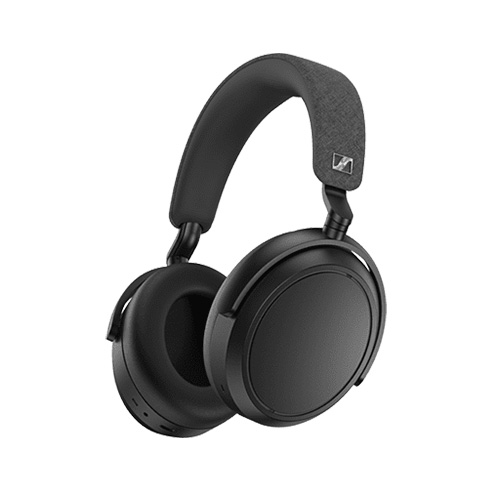
Connectivity: Bluetooth 5.2, aptX Adaptive, USB-C, aux-in
Weight: 293g
Battery life: 60 hours (ANC on)
These are a seriously good set of wireless over-ear headphones, offering excellent active noise cancellation with some especially smart modes, plus a suite of impressive features. Most importantly, the sound is so insightful and clear – neutral in a way that's ideal for audiophiles, but not soulless. They’re also light and comfortable – and the 60-hour battery is just another way in which they’re unbeatable.
Pros
- Crisp, detailed sound
- Excellent noise cancellation
- 60-hour battery life
- Very comfortable
Cons
- Not the most stylish
- Or the most portable

Connectivity: Bluetooth 5.2, LDAC, USB-C, aux-in
Weight: 249g
Battery life: 30 hours (ANC on)
Sony's flagship cans are still among the best headphones in the world thanks to their class-leading noise-cancelling features and well-balanced audio. However, a steeper price and lack of big upgrades over earlier Sony models means they're under more pressure from competitors than ever. And while the 30 hours of battery would normally be considered great, next to the Sennheisers, it looks weedy.
Pros
- Best-in-class ANC
- Superb sound quality
- Great app control
- Good ambient features
Cons
- No aptX audio
- 'Only' 30 hours battery
The competition to make the most elite noise-cancelling, over-ear headphones is fierce. These days designs are incredibly comfortable, noise-cancelling tech is fantastic, adaptive and makes you feel truly immersed in your music and sound quality is sonically excellent.
There are several major audio tech players that consistently produce the best headphones on the planet, and we’re pitting two of them against each other today: Sennheiser vs Sony. It’s only right that we compare the brand’s latest over-ear, noise-cancelling headphones – the Sennheiser Momentum 4 Wireless vs Sony WH-1000XM5 – to help you work out which is best for you.
The Sennheiser Momentum 4 Wireless are currently our top pick in our best over-ear headphones guide, although the Sony WH-1000XM5 aren’t far behind. Both also feature highly in our best noise-cancelling headphones guide and they make it into the top five of our ultimate best headphones guide overall too. What we’re saying is the Sennheiser Momentum 4 Wireless and Sony WH-1000XM5 really are the cream of the crop in terms of audio tech, design and style.
As you might expect, both over-ear headphones boast excellent specs, are a delight to use and sound fantastic. It’s not easy to put them head-to-head, but if you’ve been weighing up which pair of over-ear headphones to buy, you’re in the right place. In this guide we’ll be asking the all-important question, which is best, the Sennheiser Momentum 4 Wireless vs Sony WH-1000XM5?

Sennheiser Momentum 4 Wireless vs Sony WH-1000XM5: Price and availability
The Sennheiser Momentum 4 Wireless launched in August 2022 and officially cost $349.95 / £300 / AU$549.95. The Sony WH-1000XM5 launched a few months earlier in May 2022 for $399 / £380 / AU$649, making them significantly more expensive.
That being said, at the time of writing there are some decent discounts on the XM5s that put them within £20 / $20 of the Sennheisers. We can’t guarantee these reductions are available everywhere or will continue, but it’s worth considering as we weigh up the differences between the two headphones in more depth below. You may also wish to see what Sennheiser promo codes are out there that could help with savings.
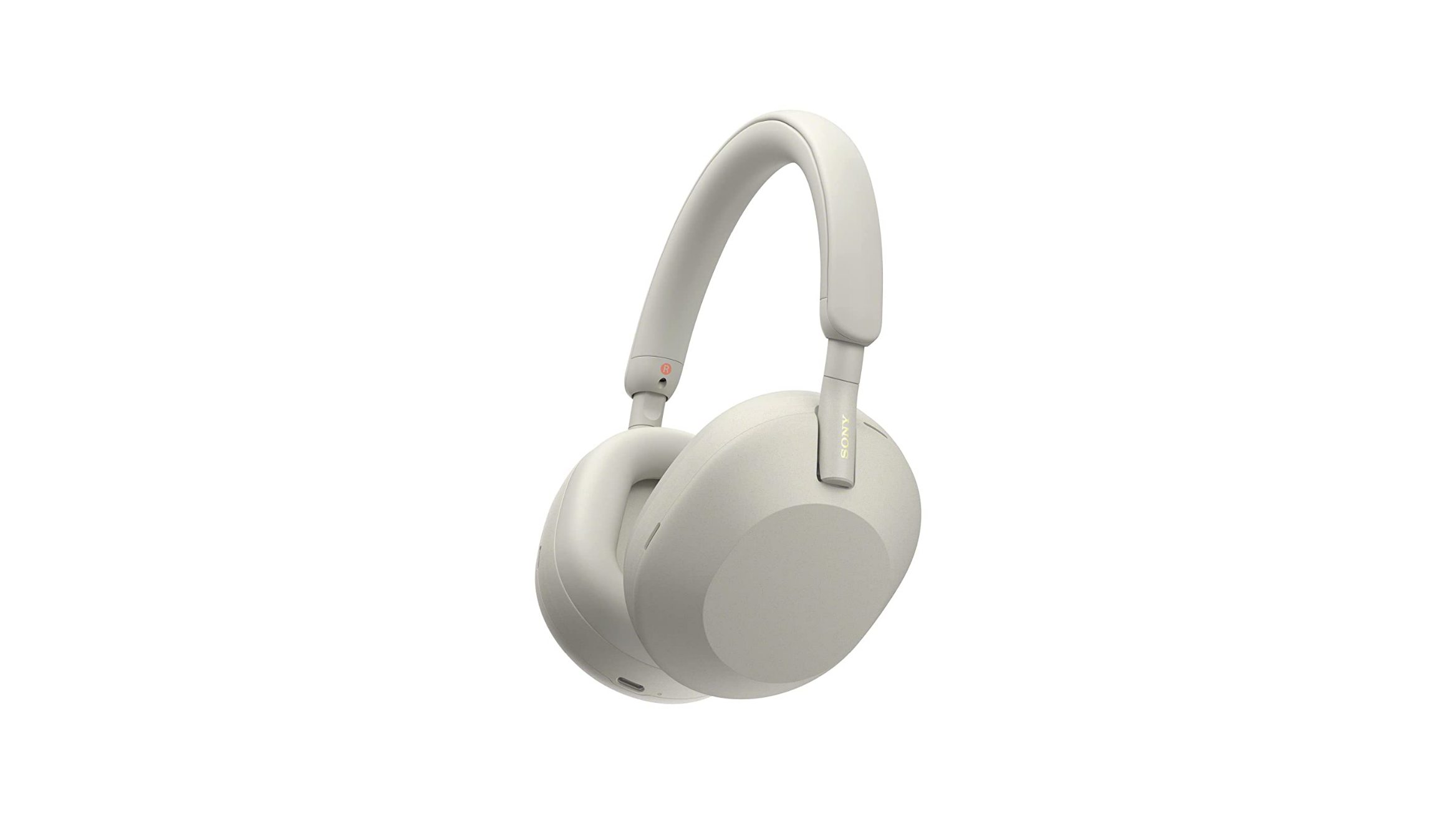
You don’t always have to pay the big bucks for a pair of over-ear, noise-cancelling headphones. For a cheaper over-ear option, take a look at the JBL Tune 750BTNC. No, they don’t measure up to the Sennheiser Momentum 4 Wireless or Sony WH-1000XM5 cans in every way. But they do offer good sound, noise-cancellation and a decent design for more than half the price.
Sign up for breaking news, reviews, opinion, top tech deals, and more.
Alternatively, check out the previous version of the XM5s, the Sony WH-1000XM4 Wireless Headphones. As far as headphones go, these are still expensive in most places. But because they’ve been upgraded you can find them at a reduced price. In fact, we still recommend the XM4s over the XM5s for most people because they’re cheaper and the differences between the two headphones isn’t significant enough in our eyes.

Sennheiser Momentum 4 Wireless vs Sony WH-1000XM5: Design
In terms of design, the Sennheiser Momentum 4 Wireless vs Sony WH-1000XM5 are similar looking.
In our Sennheiser Momentum 4 Wireless review we commented on the fact that these headphones don’t have much going for them in terms of aesthetic flair, but they make up for that in function. They have big, oval earcups, they’re easy to adjust, there’s a single physical button and the surface of the right earcup is a touchpad, which we found very easy to use.
They’re also comfortable to wear and do a good job at distributing pressure across your crown – vital for many hours of listening – and weigh in at 293g.
The Sony WH-1000XM5s are also comfortable, with just the right amount of padding and similarly comfortable pressure on the head. They weigh a little less at 250g. There are two physical buttons here, as well as a touch sensitive right earcup.

Both headphones have a design that enables them to lie flat rather than fold in on themselves. This makes them fit their respective carry cases well, but don’t expect them to fold down into a portable, pocket-sized design (the Sony WH-1000XM4 did this better).
Some might say both over-ear headphones are demur, some might say they're a little boring. But of course, this is all down to personal preference. What most people seem to want from a trusty pair of over-ears these days is tech that blends in rather than stands out.
Although if you do want an excellent pair of over-ear headphones with more of a “look at me” quality, check out the Apple AirPods Max – even if you pick one of the subtler shades, these headphones make a statement.

Sennheiser Momentum 4 Wireless vs Sony WH-1000XM5: Features
The Sennheiser Momentum 4 Wireless headphones have a great app that's not only easy-to-use but packed full of features. This is where you can make a bunch of EQ tweaks and Sennheiser can guide you through a 'Sound Check', which involves listening to your favorite music to create custom presets.
We also highly rated another feature called 'Sound Zones', which allows you to create up to 20 custom profiles for different places and purposes – think office, gym, home – featuring specific EQ and noise isolation levels. These then magically activate or deactivate when you enter or leave a specific 'zone' wearing the Momentum 4 Wireless.
Sony offers a similar feature in the XM5s called 'Location Awareness'. The headphones learn your routine and adjust Ambient Sound Control settings according to your location. If you're sat still at home, they might jump to a less intense level of noise cancellation compared to while you’re in the office – however, Sennheiser's system is more customizable.
In terms of Bluetooth, the Momentum 4 Wireless come bearing Bluetooth 5.2, so can simultaneously connect to multiple Bluetooth devices and switch between them more easily. There’s also support for apt X and aptX Adaptive, aka one of the newest and best Bluetooth codecs around.
Sony also has Bluetooth 5.2, as well as offering both LDAC codec and DSEE Extreme support to bring you the best possible sound quality. LDAC is a hi-resolution audio option, compressing and decompressing tracks to deliver greater wireless bandwidth than a standard Bluetooth connection. Even if you’re on a lowly standard-resolution streaming service over Bluetooth, DSEE Extreme ekes out a little more detail by using AI upscaling techniques to restore lost audio data.
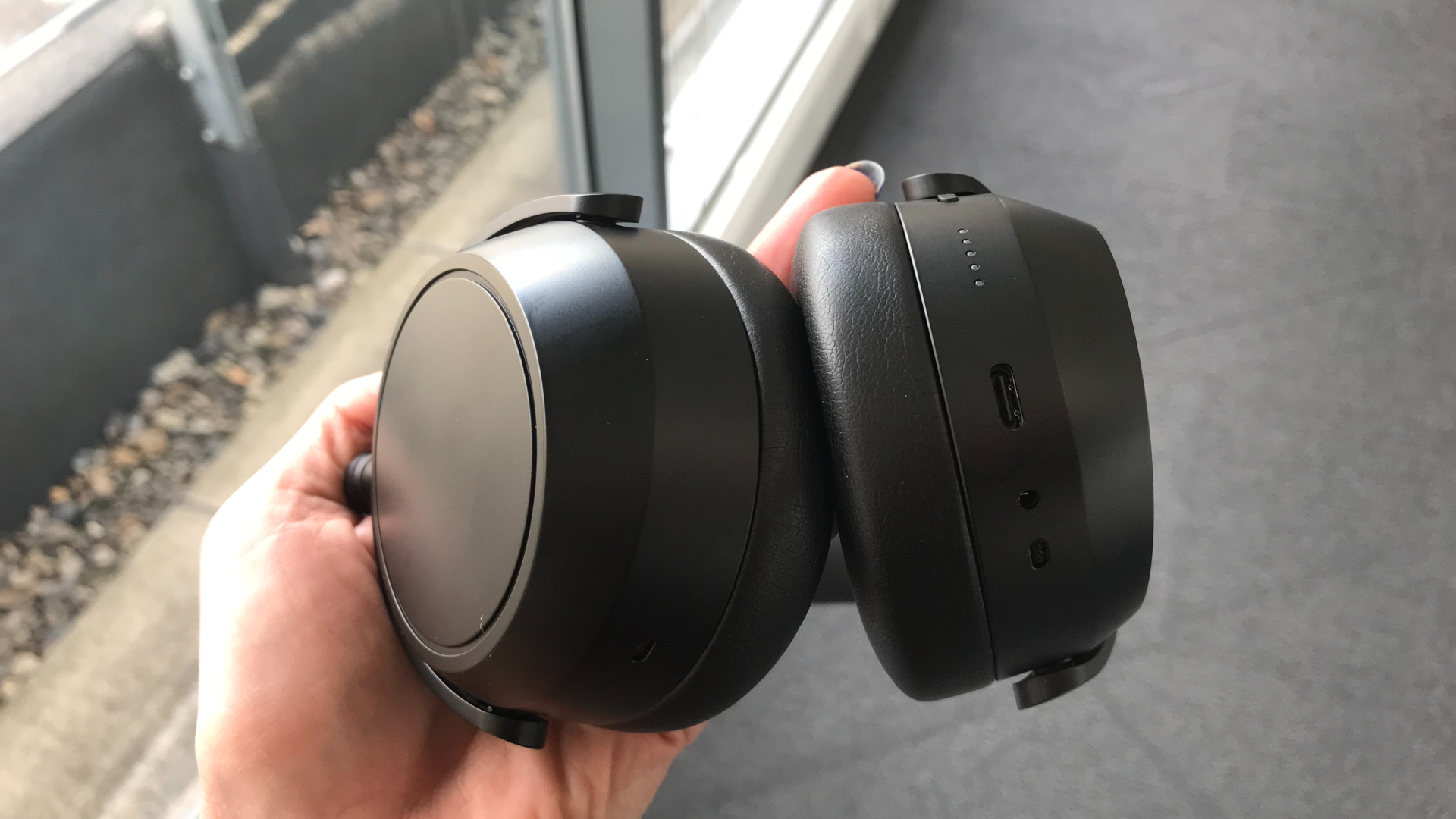
Sennheiser Momentum 4 Wireless vs Sony WH-1000XM5: Sound quality
We love the way the Sennheiser Momentum 4 Wireless sound. In our review we commented on the richness, detail and space we heard with these headphones – whatever genre we threw at these headphones we thought that they offered open, detailed, expansive, neutral and crisp performance.
There’s no congestion either, and nothing is muddied through the bass. We even commented that FKA Twigs' Two Weeks has never sounded so deep and uninhibited through the low-end, and as her bell-like vocal starts, we notice inflections within it and throughout the engaging treble other headphones simply cannot unearth.
How do the Sony WH-1000XM5 headphones hold up in comparison? Very well. During our testing we were impressed by the spacious and capable soundstage, which gave all elements of a mix room to breathe. When listening to Metallica’s classic One, Kirk Hammett’s blistering high-register finger tapping cuts through and shines.
Jeff Buckley’s Grace gave us a chance to hear the acoustic strum percussively rattling below the harmonised vocals and chorus-pedal guitar line, but there’s room for a walking bassline to sit alongside soaring strings too. In short, everything finds its place with the Sony WH-1000XM5s. The result is a truly enveloping sound, even outside of the 360 Reality Audio spatial settings.
We would say the Sennheiser Momentum 4 Wireless have the edge – just an extra step of detail and dynamism – but it's a small gap.
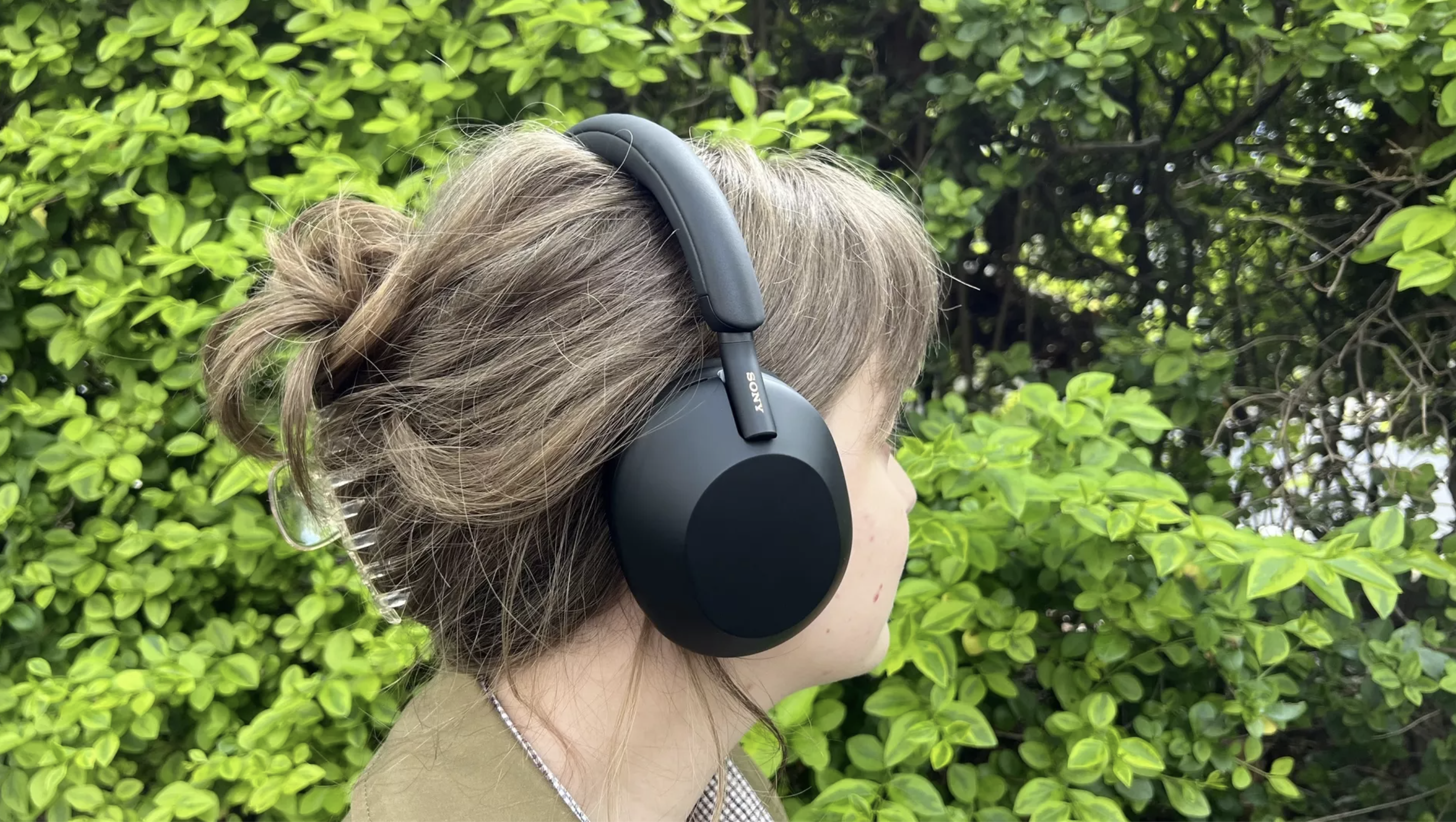
Sennheiser Momentum 4 Wireless vs Sony WH-1000XM5: Noise-cancelling
Both of these headphones are top-performers when it comes to noise-cancellation.
In our Sennheiser Momentum 4 Wireless review we comment that, taking to the streets, cars, barking dogs and the general sound of everyday life was drowned out by our music – exactly what you want.
It’s hard to pit them against each other, then, but if we had to we think that the Sony WH-1000XM5s do nix just a bit more in terms of low level noise (think a bus engine when you’re sat on the top deck, or an AC unit in an office). But it’s a very close race and we found it difficult to call.
Sennheiser Momentum 4 Wireless vs Sony WH-1000XM5: Battery life
The Sennheiser Momentum 4 Wireless offer a fantastic battery life at 60 hours and that’s with ANC on. That really is remarkable and among the best we’ve tested from a pair of over-ears.
The Sony WH-1000XM5 are half that at 30 hours with ANC on. This is obviously way less and the only improvement over the XM4s that came before them is that they can reach 40 hours with ANC off.
Of course, 30 hours is still impressive and will suit most people. But it’s worth highlighting just how great the Sennheiser battery is, as it’s one of the few areas where there’s a significant difference between the two.
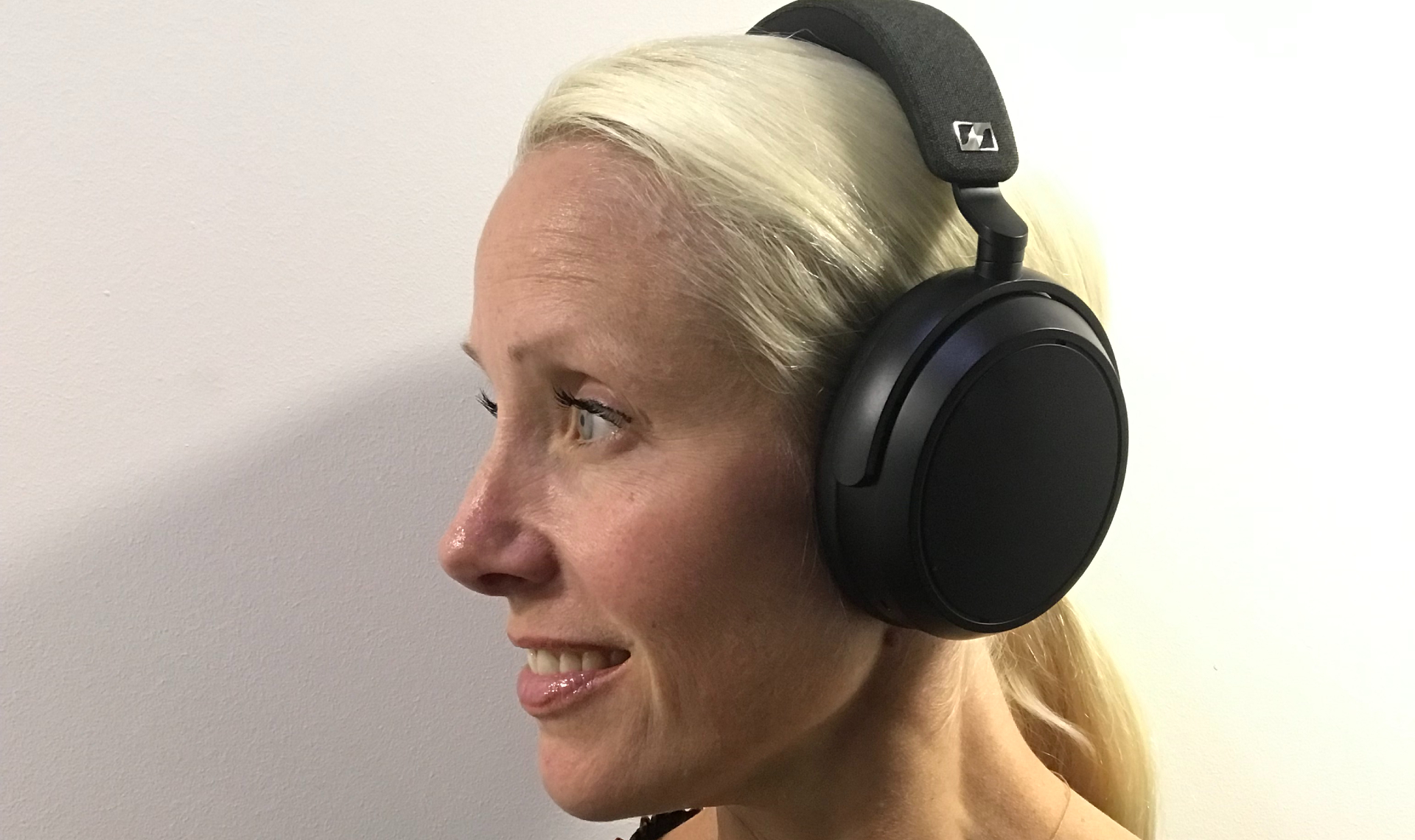
Sennheiser Momentum 4 Wireless vs Sony WH-1000XM5: Conclusion
In the battle between the Sennheiser Momentum 4 Wireless vs Sony WH-1000XM5 there’s no clear winner. If you pick either the top over-ear cans from Sennheiser or Sony you’re going to be getting exceptional sound, quality ANC and solid battery life.
But they do have different strengths. The Sony XM5's ANC blocks out background noise a bit more efficiently and features the LDAC codec for hi-res. The Sennheiser Momentum 4 Wireless are a little more comfortable in our opinion, they offer better battery life, slightly better sound, and there’s support for aptX Adaptive lossless codecs.
Maybe your choice will come down to price. At launch, the Sennheiser Momentum 4 Wireless were significantly cheaper than the Sony WH-1000XM5 headphones. That being said, at the time of writing there are some decent discounts on the XM5s that put them within £20/$20 of the Sennheisers. We can’t guarantee these reductions are available everywhere or will continue. But it further exaggerates the point that there’s really not much in it between these two headphones.
Which would we choose? For sheer noise-stopping power, the Sony take the lead. But for balancing the overall listening experience and convenience of a giant battery, we give the Sennheiser Momentum 4 Wireless the edge overall.

Becca is a contributor to TechRadar, a freelance journalist and author. She’s been writing about consumer tech and popular science for more than ten years, covering all kinds of topics, including why robots have eyes and whether we’ll experience the overview effect one day. She’s particularly interested in VR/AR, wearables, digital health, space tech and chatting to experts and academics about the future. She’s contributed to TechRadar, T3, Wired, New Scientist, The Guardian, Inverse and many more. Her first book, Screen Time, came out in January 2021 with Bonnier Books. She loves science-fiction, brutalist architecture, and spending too much time floating through space in virtual reality.